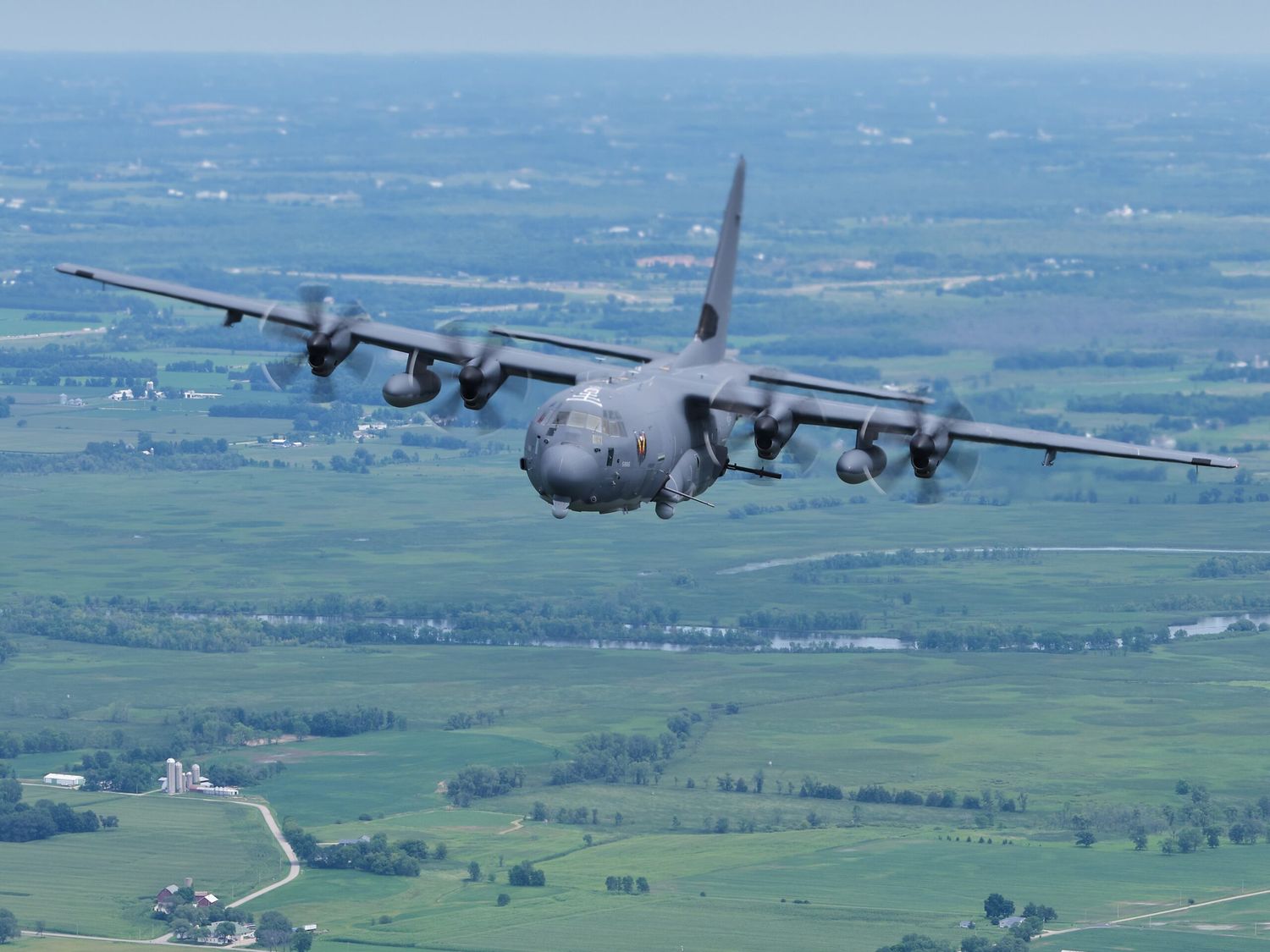Air Force Special Operations Command (AFSOC) took delivery of its 31st and final AC-130J Ghostrider, completing the command’s transition from the legacy AC-130W, AC-130U and AC-130H fleets.
As reported by the USAF, the handover ceremony for the 31st Ghostrider to AFSOC took place Nov. 2 at Lockheed Martin’s Crestview facility. The latest AC-130J will operate with the 27th Special Operations Wing at Cannon Air Force Base, New Mexico.

Lt. Gen. Jim Slife, AFSOC commander, represented the command at the ceremony and spoke about his experience in acquiring and receiving the AC-130J.
“In the fall of 2009, the secretary of defense decided to recapitalize [the AC-130] with C-130Js to build the platforms we see behind us today,” Slife said.
He also spoke about seeing the first J model go into combat in the summer of 2019 while serving as the AFSOC commander.
“The airplane and its predecessors have exceeded all our expectations and kept more Americans alive than any other airplane on the battlefield,” Slife said.
“The future is going to be different than what we have experienced for the last 20 years, but one thing I’m certain of is this airplane will be relevant to whatever the future operating environment brings, so thank you all for delivering such a magnificent capability to today’s warfighters,” he said.
During the ceremony, some relevant operational milestones of the AC-130J since its reception were mentioned. For example, it was recalled how the Ghostriders took part in the evacuation operations of U.S. and allied personnel from Kabul airport, after its lightning fall to the Taliban.
The AC-130J Ghostriders flew for long hours, day and night, over the vicinity of Kabul airport, providing protection and intelligence for the evacuation of more than 123,000 refugees.
AC-130J
Characterized by the USAF as a fifth-generation gunship aircraft, AC-130J is a modified special forces operations transport aircraft, which has been used to support AFSOC on missions around the world.
The primary missions of the AC-130J Ghostrider are close air support, air interdiction and armed reconnaissance. Close air support missions include troops in contact, convoy escort and point air defense. Air interdiction missions are conducted against pre-planned targets or targets of opportunity and include strike coordination and reconnaissance and overwatch mission sets. The AC-130J provides ground forces an expeditionary, direct-fire platform that is persistent, ideally suited for urban operations and delivers precision low-yield munitions against ground targets.
See also: U.S. Navy delivers upgraded 105 mm cannon for USAF AC-130 gunship
The AC-130 family have an extensive combat history dating back to Vietnam where gunships destroyed more than 10,000 trucks and were credited with many life-saving, close air support missions. Over the past four decades, AC-130s have deployed constantly to hotspots throughout the world in support of special operations and conventional forces. In South America, Africa, Europe and throughout the Middle East, gunships have significantly contributed to mission success.



Comentarios
Para comentar, debés estar registrado
Por favor, iniciá sesión